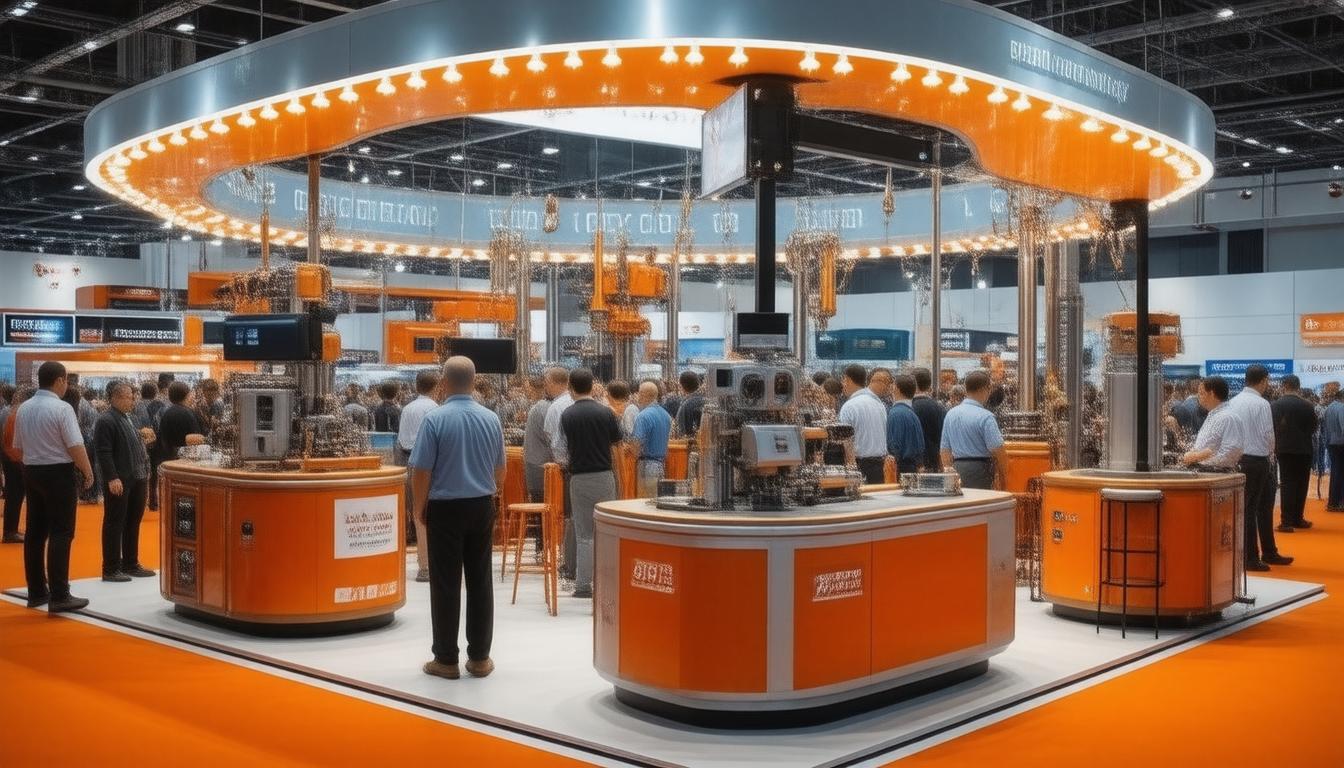
Trenchless technology refers to a variety of methods used for installing and repairing underground pipelines, sewers, and other utility systems without the need for extensive excavation. The techniques have revolutionized the way that cities and municipalities manage their sewer systems. This form of “no-dig” construction offers an efficient alternative to traditional open trench methods that create disruption to traffic, damage to landscapes, and potential harm to existing infrastructure.
The Benefits of Trenchless MethodsOne of the primary advantages of using trenchless technology for sewer repair is its minimal surface disruption. As this method eliminates the need to dig large trenches, it conserves the surrounding environment and infrastructure, which is particularly beneficial in urban areas where space is at a premium and disruption can cause significant issues for residents and businesses.
Moreover, trenchless methods typically require less manpower, which can translate to a reduction in labor costs. The efficiency of these methods also results in shorter project times, meaning that utilities can be back in service quicker, reducing the inconvenience to the public.
Another benefit is the reduction in risks associated with traditional excavation, such as hitting existing utility lines, which can cause outages and potentially dangerous situations. Trenchless technology provides a safer alternative for workers and the community.
Key Trenchless Technologies for Sewer RepairSeveral key trenchless technologies are often utilized for sewer surgery:
– Cured-in-Place Pipe (CIPP): This method involves inserting and then curing a specially designed resin liner within the existing pipe, which effectively creates a new pipe within the old one. CIPP can repair cracks, holes, and joint failures.
– Pipe Bursting: Pipe bursting involves breaking and expanding the old pipe while simultaneously pulling in a new pipe. It’s commonly used when the existing pipe is beyond repair.
– Slip Lining: In slip lining, a new, smaller pipe is inserted into the old one and then grouted in place. While it does result in a slightly reduced diameter, it can significantly extend the life of the sewer system.
– Horizontal Directional Drilling (HDD): HDD is used for installing new pipelines. A drill creates a path for the new pipe, which is then pulled back through the borehole to its final position.
The Precision of Sewer SurgeryTrenchless sewer repair has been likened to keyhole surgery for the urban landscape. Using advanced techniques, engineers can pinpoint the exact location and nature of an issue within the sewer system. Sophisticated imaging and remote-controlled tools allow for precise repairs that would have once required guesswork and expansive exploration.
For example, cameras can snake through the pipelines to provide real-time video feed of the inside of pipes, helping to identify the condition of the sewer system and the location of problems. GPS and other mapping technologies assist in planning and executing repairs with minimum above-ground intervention.
Challenges and ConsiderationsDespite the numerous benefits of trenchless technology, there are still challenges and considerations to keep in mind. One is the initial cost of the highly specialized equipment and training required to perform trenchless repairs. Furthermore, not all pipes are candidates for trenchless repair methods; the existing infrastructure must be carefully assessed to determine the most appropriate repair method.
Environmental considerations also play a role, as some trenchless methods involve the use of resins and other materials that could have potential environmental impacts if not managed properly.
The Future of Trenchless TechnologyThe future of trenchless technology is bright, with continuous improvements and innovations expanding its capabilities and reducing costs. As urban areas grow and the need to maintain aging sewer systems increases, trenchless methods will become even more critical.
New materials and techniques are being developed to ensure that trenchless sewer surgery remains a viable and preferred choice for municipal maintenance and construction projects. Advanced sensors and robotics may further enhance the precision and efficiency of these methods.
For urban planners, engineers, and local governments, the adoption of trenchless technology represents a commitment to sustainable, less invasive maintenance methods that can preserve the urban landscape while providing effective, long-lasting infrastructure solutions.






